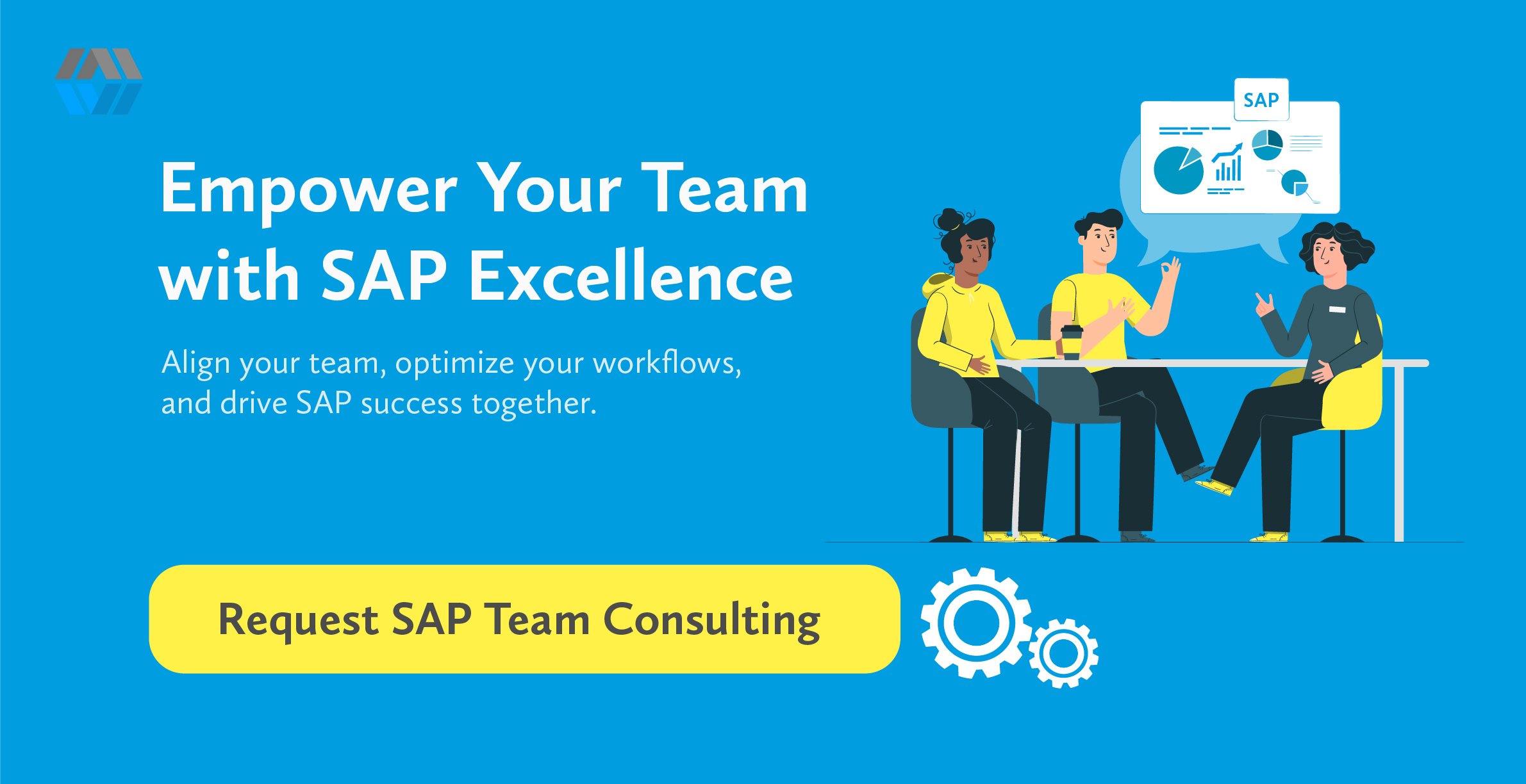A Brief Introduction of the Role of SAP in Supply Chain Management
Whether you make, sell, or service anything, you have a Supply Chain to deal with. For instance, if you are a bank, and have a network of ATM machines, you have a complex demand and supply planning problem just delivering physical money to the ATM machines.
Complex Supply Chains
Supply chains are not only very complex, there can be many of them, often invisible, for every product or service you sell. These supply chains are often constrained, though it is not always visible. That's why you need a 'Best in Class' Supply Chain Management System, such as SAP HANA SCM. The SAP SCM Module helps you deal with constraint based planning requirements. Known as SAP constrained supply planning, it uses the supply optimizer engine to help you get the right part to the right place, on time, and at the right cost. SAP BW helps you monitor the key figures or KPIs this process spins off.
SAP Logistics and Supply Chain Management
SAP APO (Advanced Planner and Optimizer), part of the SAP Supply Chain Management (SCM) solution, can and has been used to solve this problem. It is one of the various SAP supply chain management and SAP supply chain planning modules available within the SAP system. Other SAP modules that form a part of the SAP Supply Chain Management Software solution you also need to be aware of include:
- SAP Supply Chain Analytics
- SAP Materials Management
- SAP Inventory Management
- SAP Warehouse Management
All of these modules go into defining the SAP supply chain process flow. Within SAP ERP they also have a role to play with the overall logistics management system and SAP supply chain logistics solution set. Related SAP logistics modules may also come into play, depending upon your supply planning requirements. The SAP Human Capital Management System or SAP HRMS also plays a role in modeling the personnel requirements of each of these modules.
Where does SAP BW come into play in this and all other SAP SCM scenarios:

SAP BW and Supply Chain Management
- SAP APO has a mini-SAP BW datamart built into it, so even if you do not run a separate SAP BW system, APO still typically needs SAP BW.
- SAP BW is used, among various functions within SCM, to store both actual and planned forecast results.
- From a sizing perspective, anything beyond the smallest of APO projects really should have a separate stand-alone BW system.
- SAP BW is also useful in APO SCM scenarios to detect data errors, a feature that is also useful in SAP CRM-BW integration scenarios.
- SAP BW comes with some standard Business Content to support SAP APO SCM scenarios.
- In fully closed loop planning scenarios, i.e., SAP SEM BPS-APO-CRM-S&OP (yes, they exist), BW is actually used in a series in of places in the loop.
- When you are running multiple planning scenarios, you will be using SAP BW to store and track each scenario, and there is an interplay between SAP SCM APO Demand Planning and SAP BW.
- The heuristics based learning process of SAP APO will be pulling on these stored forecast as well as the actual results of the SCM execution process (in some cases).
- From a SAP BW Consultant perspective, you will want someone who has experience in both SAP BW and Supply Chain Management.
- Getting the SAP BW architecture right in these cases (SCM Integration Scenarios) requires multiple iterations.
Supply Chain Strategy
Unfortunately, there is really not a SAP BW APO integration course available, which is a requirement as you embark on a supply chain transformation journey. There are a few white papers available that cover it, but if you're contemplating a SAP APO journey, as one of the best SAP SCM consulting services providers, we urge you to seek out SAP BW consultants with the appropriate Supply Chain Integration experience.
People who read this also read:
- 7 Secrets to SAP BW APO Integration
- Size 48 or 14 SCM Efficient Consumer Response
- 20 Steps to Take Charge of Your Supply Chain's Performance SCM
- Leverage SAP BW to Increase Supply Chain Inventory Accuracy
- SAP SEM CPM Risk Register Design Template
About SAP BW Consulting, Inc.
SAP BW Consulting, Inc. provides comprehensive SAP solutions, including SAP Business Intelligence (BI) and SAP Business Warehouse (BW) consulting, SAP ABAP development, and project management. Our services also include a 1099 Contractor Invoicing and Payment Management System, Salesforce consulting, and Balanced Scorecard consulting for strategic planning.
Hubspot Certified Inbound Marketing and Sales Services Agency
As HubSpot Marketing and Sales Partners, we specialize in Google Ads, Facebook Ads, LinkedIn Ads, Account-Based Marketing, Content Marketing, and Ecommerce solutions, including Shopify.
Ready to optimize your operations and strategy? Book a meeting with us.



